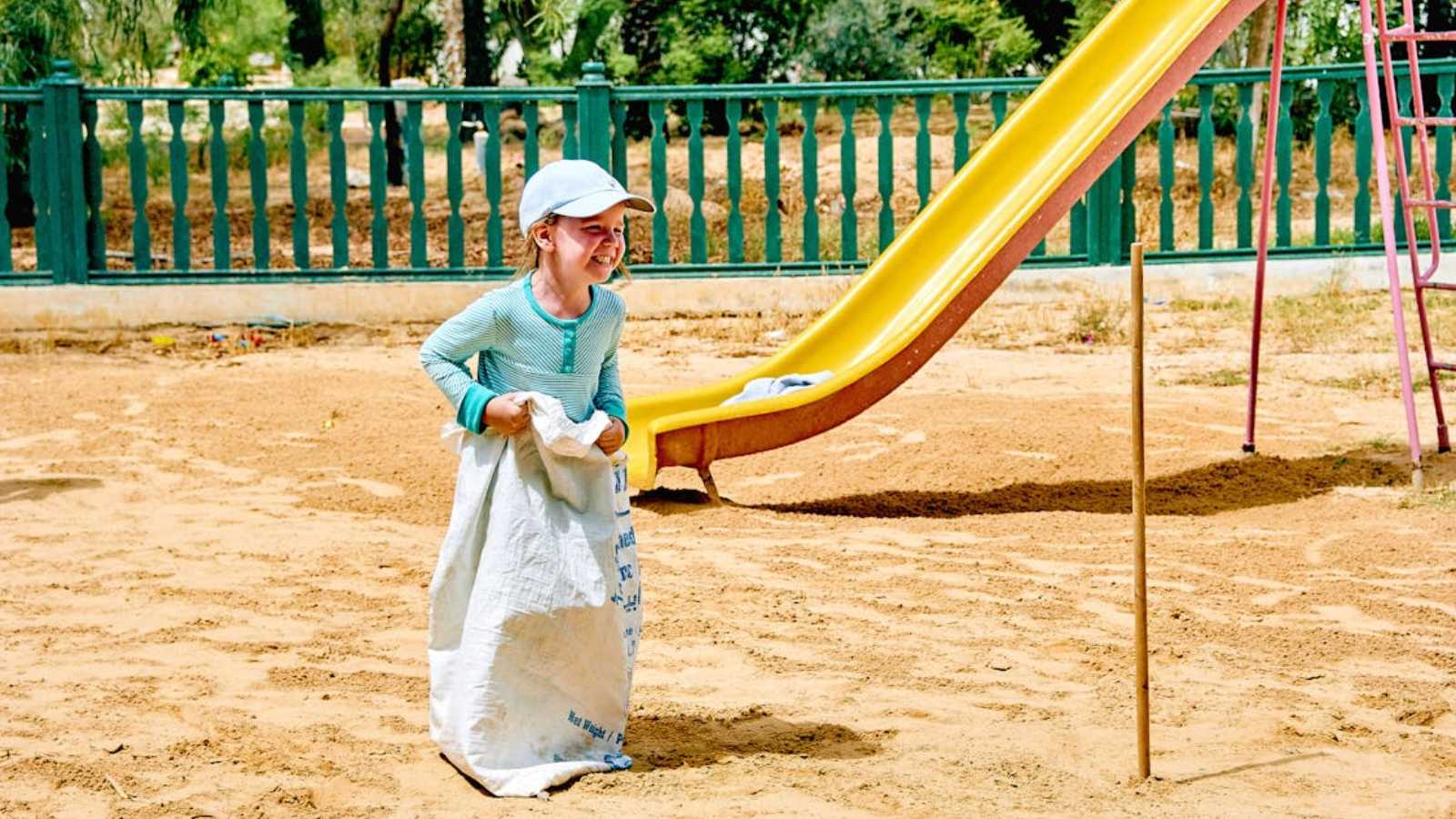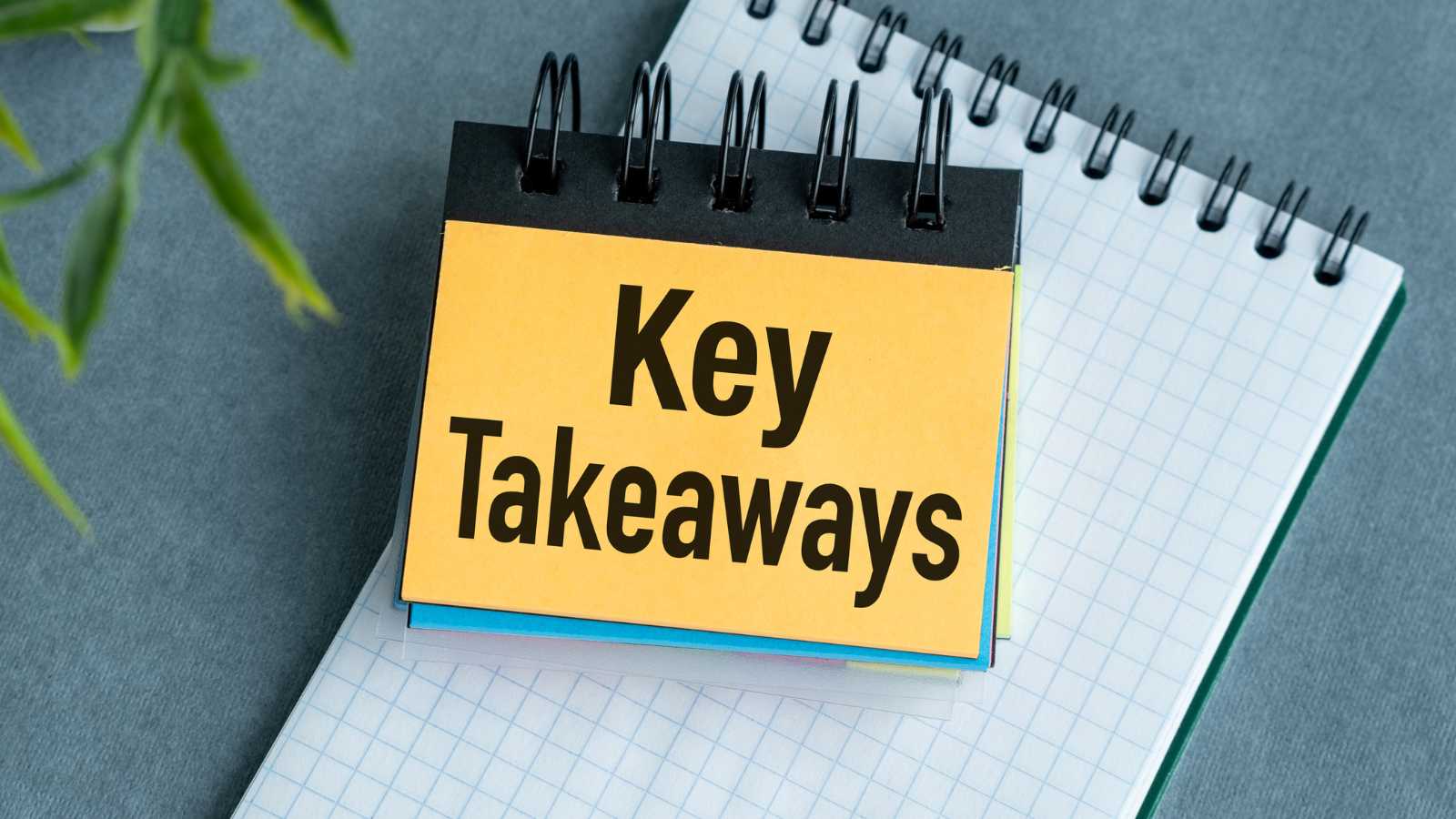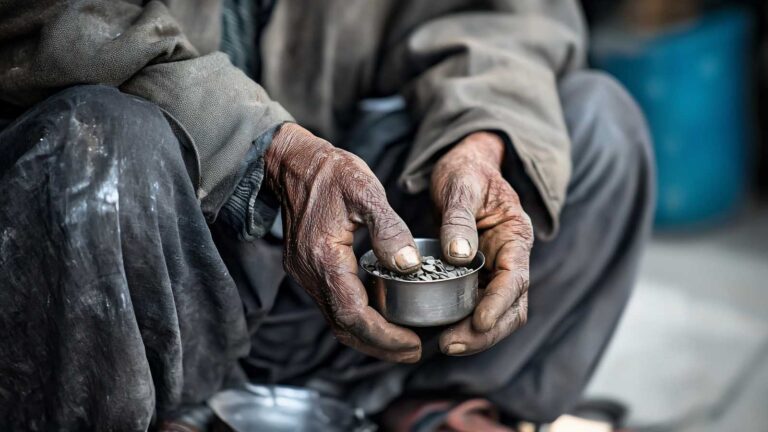8 ways ’80s kids enjoyed freedom that are simply unthinkable now

Remember when “be home by dinner” was the only check-in you needed? That 1980s childhood wasn’t a movie script; many of us really were part of the “generation who raised ourselves”. We grew up with a “rub some dirt on it” mentality, but today’s world is dominated by “intensive parenting” and what experts call “Safetyism”.
This isn’t just nostalgia talking. The systemic collapse of childhood independence is directly linked to the current youth mental health crisis. It’s shocking, but some studies show that kids’ unstructured outdoor play has fallen to an average of just four to seven minutes a day.
Let’s look back at the eight freedoms we had that, frankly, are unthinkable for most kids today.
The incredible shrinking ‘radius of play’

In the ’80s, my “radius of play” was basically as far as my BMX bike could take me, which felt like the whole world. We’d leave in the morning and go. This was the norm. In a survey on X (formerly Twitter) about ’80s freedoms, over 40,000 people confirmed this was their reality, too.
Today, that radius has shrunk to the driveway. Data shows that only 6% of American kids aged 9 to 13 play outside unsupervised. One UK-based study, which reflects the trend, found that 71% of Boomers played on their street, but only 27% of kids do today. Helen Dodd, a Professor of Child Psychology, calls this a “huge change” with real “consequences for… friendship development, social skills… and independence”.
Walking to school (without a permission slip)

Walking to school alone was a simple rite of passage. It was how you learned the neighborhood. The data backs this up: in 1969 (a statistic that largely mirrors ’80s life), more than 40% of K-8 students walked or biked to school. By 2001, that number had plummeted to just 12.9%, and today it hovers around 15%.
And here’s the kicker: “Stranger danger” isn’t the main reason. Parent surveys show the top two barriers are distance (61.5%)and traffic-related danger (30.4%). Ironically, the American Academy of Pediatrics (AAP) wants kids to walk, calling it an ideal way to foster “independent mobility”.
The ‘latchkey kid’ phenomenon

I can still feel the cold metal of the house key I wore on a string around my neck. In 1982, an estimated 3 million kids aged 6 to 13 were “latchkey kids“. We’d let ourselves into an empty house, follow the chores on the note, make a (probably terrible) snack, and learn the cardinal rule: do not let anybody in. That term has basically vanished. Why?
That “unsupervised” hour is now filled with structured, adult-led after-school programs. The demand for these programs is so massive that an estimated 24.6 million children are on waiting lists for programs their parents can’t access, often due to cost or availability.
Playing on metal, sun-scorched playgrounds

I still have a faint scar from a 1980s merry-go-round. We played on structures made of galvanized steel and chains, set over asphalt or hard-packed dirt. And let’s be real: it was dangerous. In 1986 alone, 191,000 kids were treated in emergency rooms for playground injuries.
The CPSC’s 1981 guidelines changed all that, mandating safer surfaces and rounded edges. But did we over-correct? Experts like Dr. Mariana Brussoni now champion “risky play,” arguing it’s essential. She says it “teaches hazard assessment… it teaches resilience, it teaches confidence”. We traded broken arms for anxiety, maybe?
Figuring out our own fights

When you got into a stupid argument with a friend, ’80s parents usually had one response: “Figure it out”. This was the “rub some dirt on it” approach to social conflict. We learned to negotiate, argue, stand up for ourselves, and (usually) make up, all without adult intervention.
In the ’90s, schools adopted “Zero Tolerance” policies. This shift caused annual student suspensions to double, jumping from 1.7 million in 1974 to 3.1 million in 2001. The American Psychological Association (APA) reviewed 20 years of data and found that the policies don’t actually improve school safety.
As another psychologist warned, parents who “quickly jump in… are depriving their children of the opportunity to acquire their own abilities”.
Watching ‘RoboCop’ when your parents weren’t home

The only “parental control” on our 1980s TV was my dad’s hand on the remote. Premium channels like HBO regularly showed R-rated movies, and we absolutely watched them. It was a weird, unsupervised media free-for-all.
Today, parents have “benevolent curators” like Common Sense Media to vet everything. But here’s the paradox: today’s teens spend a staggering 8.5 hours per day on screen entertainment. And a 2014 study found that today’s PG-13 movies contain more violence than the R-rated movies of the 1980s. So, we’re curating more violent content for them. Great.
Riding bikes without helmets

Okay, let’s be honest: this ’80s freedom was just dumb. A 1985 study of elementary schools found that bicycle helmet use was a pathetic 1.85%. If you wore a helmet, you were a “nerd,” period. This is one freedom I am glad is unthinkable now. After major CPSC and AAP campaigns, helmet use rocketed.
By 2012, 42% of kids “always” wore one. Considering that helmets can reduce the risk of head injury by up to 85%, this cultural shift was 100% necessary.
The glorious art of being ‘bored’

What did you do on a random summer afternoon in 1985? You were bored. And out of that vast, empty boredom, you invented a game, built a fort, or tried to teach your dog to skateboard. Today, “boredom” is often seen as a parenting failure that must be “fixed” with “enrichment” activities.
A study comparing 1981 to 1997 found a 25% decrease in free play for young kids. IMO, this is the most significant loss. The American Academy of Pediatrics states that this unstructured play is precisely what builds “executive functioning skills,” “social skills,” and “resilience”.
Key Takeaway

We swapped the ’80s “figure it out” mentality for what experts now call “helicopter” or “lawnmower” parenting—where we try to mow down every obstacle in our kids’ path. This intense, loving supervision has a documented cost. An APA study found that over-controlling parenting at age two is directly linked to poorer emotional regulation at age 5.
This, in turn, predicts more emotional and social problems at age 10. We raised ourselves, and Pew Research data shows that in 1980, 62% of 21-year-olds lived away from their parents’ home. By 2021, only 51% did. Maybe all that ’80s freedom wasn’t so “dangerous” after all; perhaps it was just necessary.
Read the original article on Crafting Your Home







